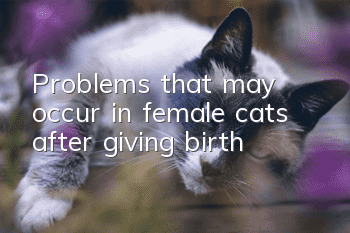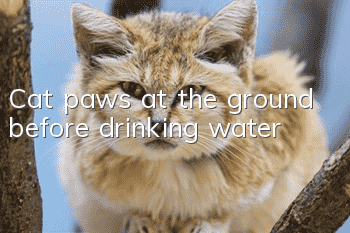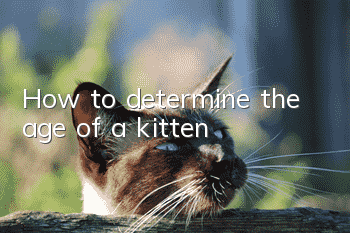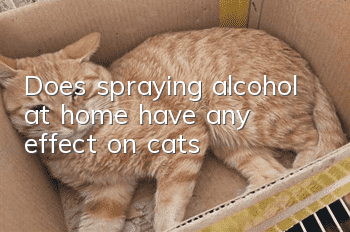Problems that may occur in female cats after giving birth

Problems that female cats are prone to after giving birth:
1. Calcium deficiency. Postpartum calcium deficiency in cats is due to the fact that the female cat secretes a lot of milk after giving birth, the blood calcium concentration drops sharply, and the motor nerves are abnormally excited, resulting in muscle spasm or twitching disease, also known as cat puerperal spasm. It is a disease caused by unbalanced food nutrition and excessive litter production in female cats. It mostly occurs in female cats with many litters and high milk production.
2. Emotionally sensitive. Female cats tend to become more sensitive after giving birth and often show uneasiness towards unfamiliar smells and people. After the mother cat is born, strangers should stay as far away from the mother cat and kittens as possible, otherwise the mother cat may move the kittens to other places.
3. Mastitis. Mastitis usually occurs in female cats after giving birth. Mastitis refers to inflammation and bacterial infection of the breast. It is recommended to use drugs containing amoxicillin and clavulanate potassium for anti-inflammatory treatment, and use a towel for hot compress. The above methods are only for mild cases of female cat mastitis. If the female cat has mastitis and has purulent secretions flowing out, it is recommended to take the cat to the pet hospital for treatment in time.
Precautions for female cats after giving birth:
1. Daily diet is the most important task for cats during confinement. On the first day after the cat gives birth, we Just feed them fresh chicken soup to help the cat recover quickly.
2. The delivery room should be prepared when the female cat is about to give birth. A clean cardboard box can also be used as the delivery room for the female cat. The delivery room should be warm, dry and ventilated, but should not be placed in a draft, avoid direct sunlight, and the indoor lighting should be soft. Female cats will need a quiet environment during childbirth and lactation. If possible, it is best to prepare a separate room as a living place for the female cat and kittens.
3. It is recommended not to bathe female cats during confinement period. Because if not handled properly during bathing, the cat may catch a cold. Once the mother cat becomes ill, taking medicine may affect the kitten that has not yet been weaned. If there are obvious stains on the female cat, you can use medical absorbent cotton dipped in an appropriate amount of saline and wipe it gently.
- Things to note when raising cats indoors
- Why do cats like to rub against people’s legs?
- Why should you never keep calico cats?
- How much water is normal for a cat to drink a day?
- How to keep cats from coming to bed
- Why do American curl cats need to be neutered?
- Can I take my cat with me on the high-speed rail?
- How to tell a cat's age?
- The correct way to attract and rescue stray cats!
- The historical origin and price of Egyptian cats



